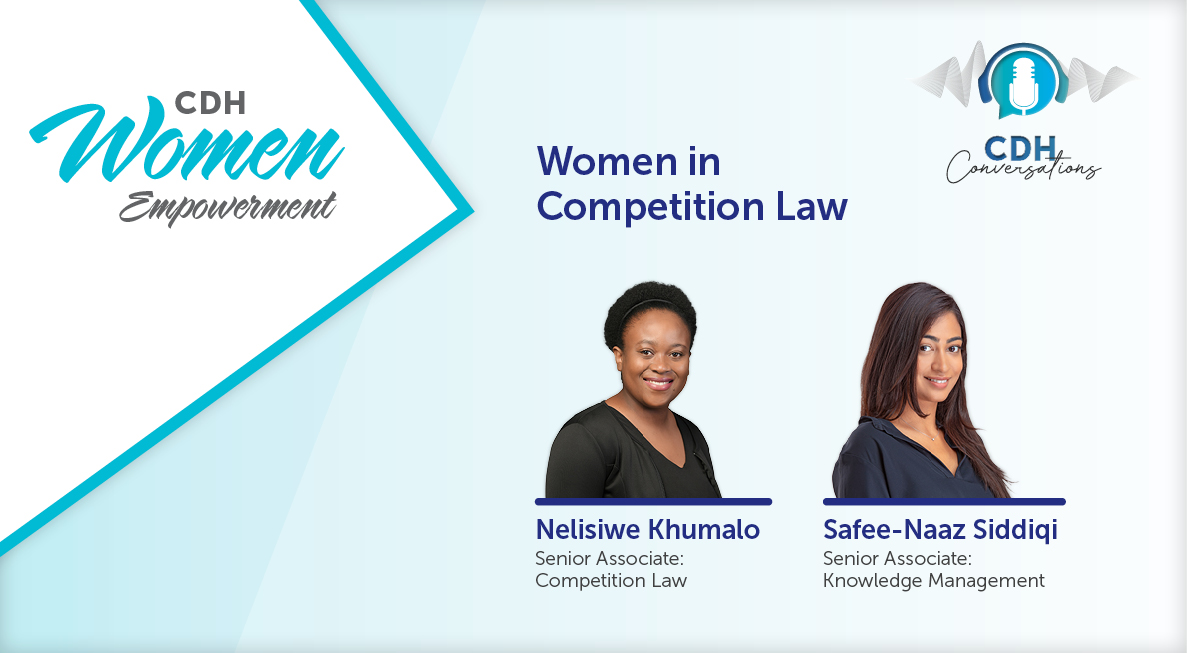Can an employee get dismissed for participation in an assault without being identified?
At a glance
- The recent case of NUMSA obo Aubrey Dhludhlu & Others v Marley Pipe Systems addressed whether employees could be dismissed for participating in an unprotected strike action and assault without being individually identified.
- The Labour Court and Labour Appeal Court had found that employees could be associated with the assault through inferential reasoning based on their conduct before, during, and after the incident.
- The Constitutional Court disagreed, stating that the mere presence and watching of the assault is not sufficient to establish common purpose. The 41 unidentified employees were found not guilty of the assault, and the matter was remitted back to the Labour Court to consider a sanction for participation in an unprotected strike.
In January 2020, the Labour Court, in the case of NUMSA obo Aubrey Dhludhlu & Others and Marley Pipe Systems (SA) (Pty) Ltd, case number JS878/17 had to assess if 148 employees of the Employer acted with common purpose when they assaulted the head of human resources. The employer argued that all the employees directed their disgruntlement in the form of a heinous crime; those that were able to confront the head of human resources in person, physically assaulted him, and those that could not, incited the others to assault him and rejoiced at the outcome.
According to the Labour Court the employees who were identified as being on site, had acted with common purpose in associating themselves with events on the day. The Labour Court referred to the matter of National Union of Metalworkers of South Africa obo Nganezi and Others v Dunlop Mixing and Technical Services (Pty) Limited and Others (Dunlop). In Dunlop it was held that it was unnecessary to place each employee on the scene to prove common purpose, as this could be established by inferential reasoning having regard to the conduct of the employees before, during and after the incident of violence.
Unhappy with the decision of the Labour Court, the National Union of Metalworkers of South Africa (the Union) took the matter on appeal and in NUMSA obo Aubrey Dhludhlu & Others and Marley Pipe Systems (SA) (Pty) Ltd, case number JA33/20 the Labour Appeal Court had to determine whether 41 of the 148 dismissed employees, who had not been identified by either photographs and video evidence as having been on the scene when the assault had taken place, could have been associated with the assault. The Labour Appeal Court found that the Labour Court did not err in finding that the 41 unidentified employees had acted with common purpose, as it was clear, according to the Labour Appeal Court, that all the employees, including the 41 unidentified employees, were associated with the actions of the group before, during and after the misconduct. The 41 unidentified employees further took no steps to distance themselves from the misconduct either at the time of, during or after the assault but instead, they persisted with the denial, that any assault had occurred and refused the opportunity to explain their own conduct in relation to it.
Once again unhappy with the outcome of the Labour Appeal Court, the Union referred the matter to the Constitutional Court. The Constitutional Court found that only 12 of the 148 employees were identified to have engaged in the actual physical assault of the head of human resources wherein another 95 employees were placed on the scene by the one or other form of evidence referred to above. That leaves the 41 unidentified employees. The Constitutional Court accepted the Labour Appeal Court’s finding that the probability is that the unidentified employees were at the scene when the head of human resources were assaulted, however by not having been identified, they were never seen doing anything. The Constitutional Court further held that the Labour Appeal Court never explained on what basis employees are obligated to intervene and stop the assault or dissociate themselves in some way from the assault. As such, the mere presence and watching of the assault does not satisfy the requirements set by Dunlop as there must be evidence, direct or circumstantial, that the individual employees in some form associated themselves with the assault. The individual employees further must have manifested their sharing of a common purpose with the perpetrators of the assault by themselves performing some act of association with the conduct of the others. As there was no evidence of such association, the Constitutional Court found that the 41 unidentified employees were not guilty of the assault on the head of human resources. Finally, the Constitutional Court held that an employee’s failure to give an explanation or disassociate themselves does not equal complicity as employees may choose silence for fear of ostracism and – worst still – animosity.
Consequently, the Constitutional Court set aside both the judgments of the Labour Court and Labour Appeal Court and remitted the matter back to the Labour Court to consider a sanction afresh on the charge of participation in an unprotected strike.
The Constitutional Court restated the rules on proof of common purpose.
The information and material published on this website is provided for general purposes only and does not constitute legal advice. We make every effort to ensure that the content is updated regularly and to offer the most current and accurate information. Please consult one of our lawyers on any specific legal problem or matter. We accept no responsibility for any loss or damage, whether direct or consequential, which may arise from reliance on the information contained in these pages. Please refer to our full terms and conditions. Copyright © 2025 Cliffe Dekker Hofmeyr. All rights reserved. For permission to reproduce an article or publication, please contact us cliffedekkerhofmeyr@cdhlegal.com.
Subscribe
We support our clients’ strategic and operational needs by offering innovative, integrated and high quality thought leadership. To stay up to date on the latest legal developments that may potentially impact your business, subscribe to our alerts, seminar and webinar invitations.
Subscribe




